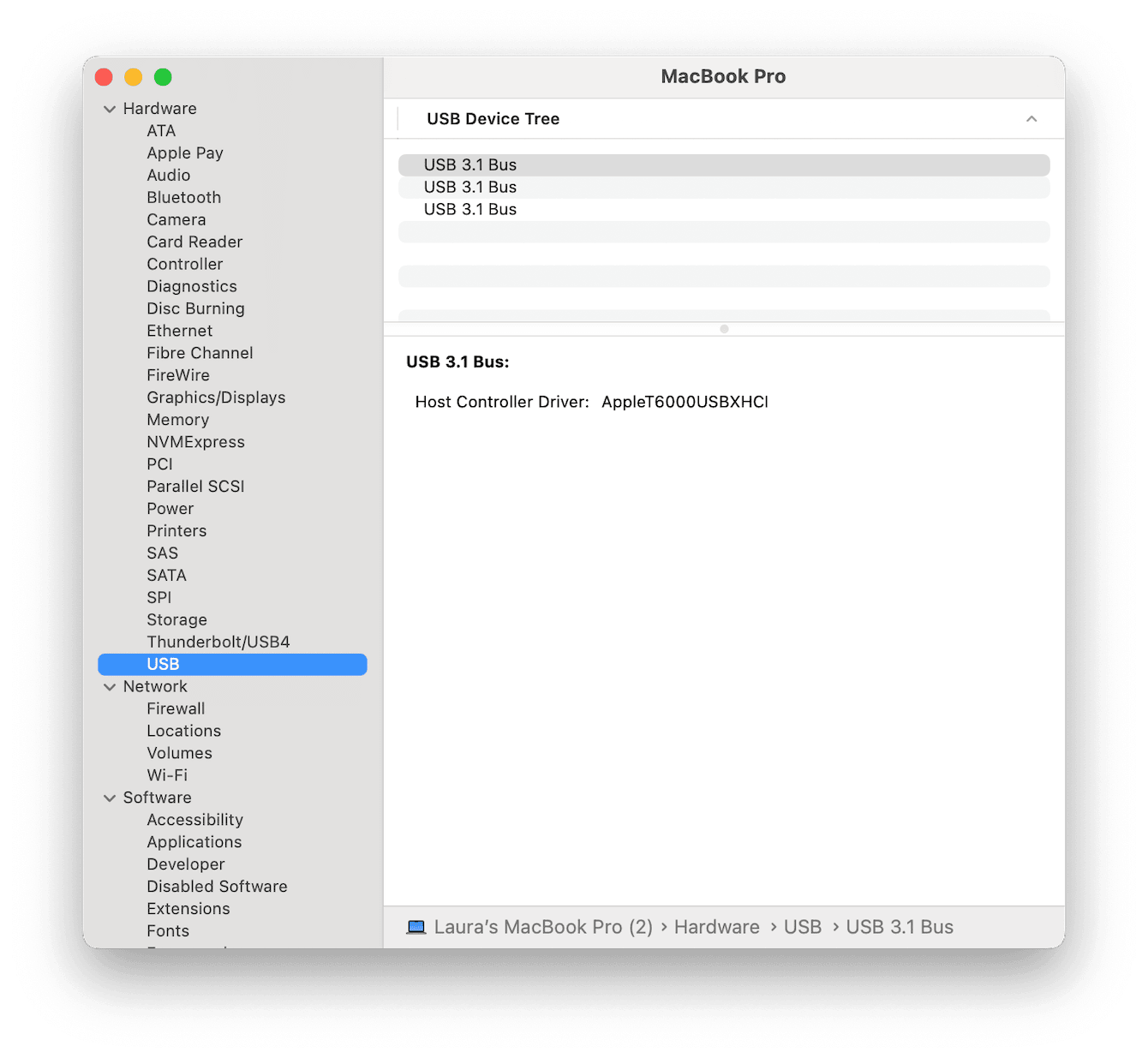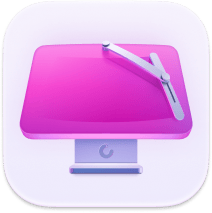How to update Mac drivers
Knowing how to update drivers on MacBook is essential for keeping your hardware and software running smoothly. Think of drivers as little translators for your Mac. They help your hardware (like your keyboard, mouse, printer, or speakers) "talk" to macOS so everything works properly. Without drivers, your Mac wouldn't know how to use these devices.
Unlike Windows, macOS doesn't have a dedicated driver update utility, so understanding how to update drivers is key.
Don't worry if you don't know where to start; we've put together this quick guide to walk you through all the essentials. Let's get started.
Why you need to update drivers on Mac
So let's start with the basics: What are drivers? Drivers on our MacBooks act as the bridge between your hardware and operating system, making sure everything works as it should. When they're maintained and updated, here's what you can expect:
-
Improved performance. New drivers optimize hardware usage, making your Mac faster and more efficient.
-
Fixed bugs. Manufacturers release updates to resolve known glitches.
-
Enhanced security. Outdated drivers can be susceptible to threats or vulnerabilities that put your Mac at risk.
-
Hardware compatibility. Newer macOS versions may not support older drivers, leading to malfunctions.
-
Software Stability. Some apps, like video editors and gaming accessories, won't function correctly if they're no longer compatible with your macOS.
Types of Mac drivers:
-
Built-in macOS drivers — these update automatically with system updates (e.g., Wi-Fi, sound, graphics).
-
External device drivers — some peripherals, like printers or MIDI keyboards, require manufacturer-specific drivers.
-
Software-related drivers — certain apps install extra drivers to improve performance (e.g., audio software, gaming gear).
Even if your Mac seems to be working fine, outdated drivers could lead to slower performance, occasional crashes, or even security risks. Keeping them updated is a small step that makes a big difference in long-term stability.
Most of the time, macOS handles drivers in the background, but if a device isn't working correctly, manually updating your drivers may be the solution.
How to find installed drivers on Mac
Before we get into any update tips, here's a quick reminder on how to find and locate your drivers.
-
Click the Apple menu > System Settings > General > About.
-
Click System Report (this opens the old "System Information" tool).
-
In the left sidebar, look under Hardware for specific categories like USB, Graphics/Displays, Audio, or Network.
-
Select a category to see detailed driver and hardware info.

This is useful when troubleshooting issues — if a device isn't working, checking this list can help determine whether a missing or outdated driver is to blame.
How to update USB drivers on Mac
Since macOS updates most drivers automatically, your first step should always be updating your macOS. If that doesn't fix the issue, you may need to manually update drivers for external devices.
1. Update your macOS
Many drivers are bundled with macOS updates. So, a sure way to ensure they're up to date is to first update your macOS:
-
Click the Apple menu > System Settings > General > Software Update.
-
Click Update Now or Upgrade Now if one is available.

Even if you're not experiencing issues, regularly updating macOS ensures you have the latest drivers for built-in components like Bluetooth, Wi-Fi, and graphics.
If you're having trouble updating your Mac, check out this guide on what to do if you can't update macOS.
2. Manually update specialized USB devices
Some external hardware — like printers, MIDI controllers, and gaming accessories — may require manual driver updates. Here's how to check and update them:
-
Plug in the device — many USB devices work automatically.
-
Check the manufacturer's website — look for the latest driver that is compatible with macOS.
-
Download and install the driver — follow the installation instructions.
-
Restart your Mac — this ensures the new driver is applied.
For example, brands like Wacom, Focusrite, and Canon frequently update their drivers to stay compatible with new macOS releases.
If your device still isn't working after an update to Mac drivers, try unplugging it and reconnecting it, testing it on another Mac, or checking if additional software is required.
Keep apps and software updated for the best performance
Updating your Mac drivers is important, but keeping your apps and software up to date is just as crucial. Many apps — especially those related to hardware, like audio editing software or graphics programs — rely on the latest updates to function correctly.
While you can update apps manually through the App Store or by checking individual developer websites, there's an easier way to manage updates in one place.
If you want to update multiple apps at once without hunting them down one by one, use the Applications tool from CleanMyMac.

-
Open the app and click Applications > Scan.
-
Click Manage My Applications and select Updater from the sidebar.
-
Select the apps that need updating.
-
Click Update — and that's it!
This ensures that all your software stays optimized for the latest macOS and drivers, helping avoid compatibility issues. If you've ever struggled with an app suddenly not working after a macOS update, an outdated version is often the culprit!
If you use Microsoft apps like Word or Excel, you can also use Microsoft AutoUpdate for Mac to keep them up to date automatically.
Well, we've covered how to update Mac drivers. As you can tell, keeping them up to date is essential for performance, security, and hardware compatibility. While macOS updates most drivers automatically, it's good to know how to update drivers on Mac manually — especially for USB devices, graphics cards, and other peripherals.
By staying on top of updates, your Mac will run efficiently, with fewer crashes, better device compatibility, and improved overall stability.

